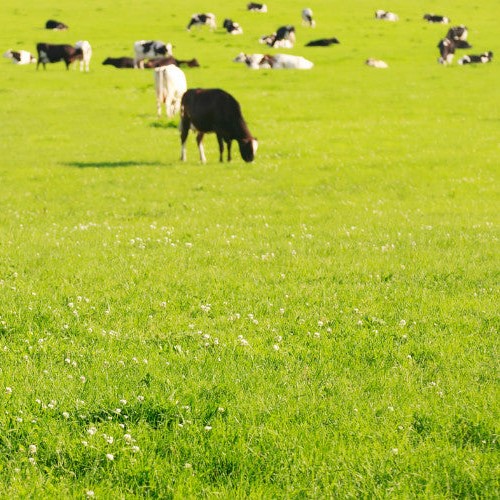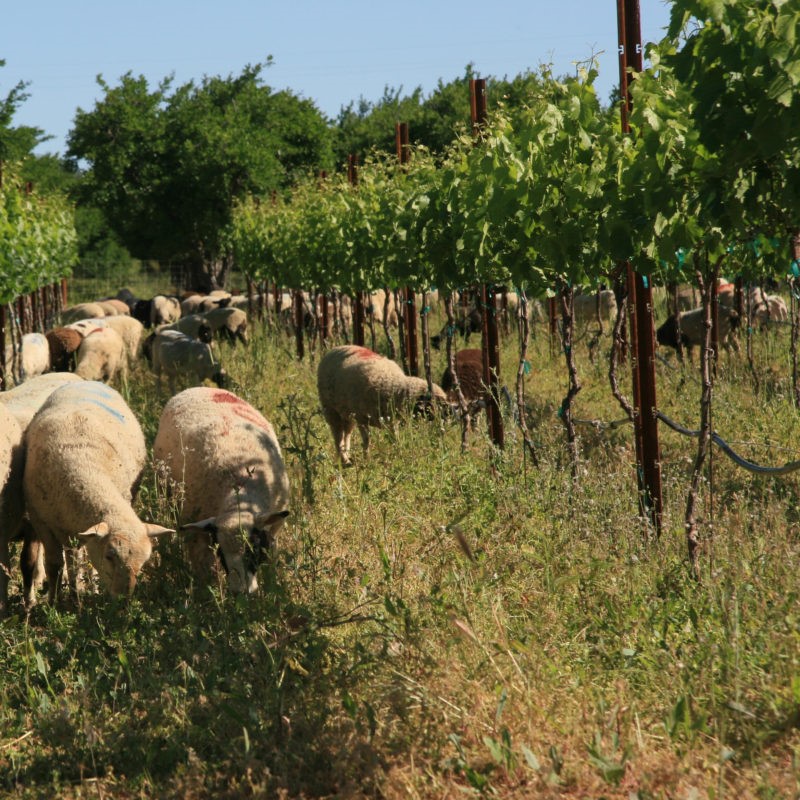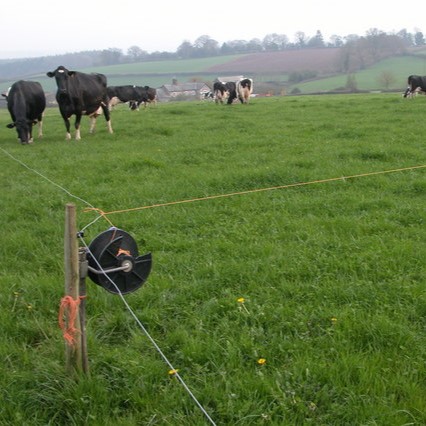Description
Maximizing pasture productivity and quality is crucial for sustainable livestock management and ensuring optimal nutritional value for grazing animals. Several vital practices can significantly enhance pasture performance:
- Soil Management: Begin with soil testing to assess nutrient levels and pH. Adjust soil fertility through proper fertilization, liming, and organic matter additions to meet the specific needs of pasture grasses and legumes.
- Species Selection: Choose grass and legume species well-suited to your region’s climate, soil type, and intended livestock. Optimal species selection promotes resilience against pests, diseases, and adverse weather conditions while maximizing yield and nutritional content.
- Rotational Grazing: Implementing rotational grazing helps prevent overgrazing and allows for rest and regrowth periods, essential for maintaining pasture health and productivity. It also promotes even nutrient distribution and reduces soil erosion.
- Fencing and Water Management: Proper fencing ensures controlled grazing areas, preventing trampling and overconsumption of certain pasture sections. Adequate water sources and distribution points are critical to ensure livestock have constant access to clean water, promoting health and productivity.
- Monitoring and Maintenance: Regularly monitor pasture condition, including grass height and density, weed presence, and overall health indicators. Adjust grazing intensity and management practices based on seasonal changes and pasture response.
- Supplementation and Care: Supplement pasture diets with appropriate minerals and nutrients when necessary, especially during periods of high demand, such as lactation or growth stages. To prevent long-term productivity losses, address any pasture issues promptly, such as weed infestations or soil compaction.
- Environmental Stewardship: Practice sustainable management techniques to minimize ecological impact, such as reducing runoff and maintaining biodiversity within pastures. Consider integrating agroforestry or buffer strips to enhance environmental resilience and provide additional benefits.
By integrating these practices, farmers and ranchers can effectively maximize pasture productivity and quality, ensuring sustainable livestock production while preserving pasture ecosystems’ long-term health and vitality. Regular assessment and adaptation of management strategies are crucial to achieving optimal results tailored to specific environmental and operational conditions.







Zuwaira –
Maximizing Pasture Productivity and Quality delivers exactly what it promises. It’s a comprehensive guide that’s easy to follow, even for beginners. Our pastures have never looked better!
Malam –
As a farmer, I found this book invaluable. It’s packed with scientifically-backed methods and real-world examples that have optimized our grazing management.
Christopher –
I appreciated how this book takes complex agricultural concepts and makes them accessible. The tips and tricks provided have helped us boost both yield and nutritional content in our pastures.
Innocent –
This book offers practical strategies that have dramatically improved our pasture’s health and productivity. Easy-to-implement advice with noticeable results!
Bassey –
This book is a must-have for anyone serious about sustainable farming practices. It covers everything from soil health to rotational grazing, all presented in a way that’s both informative and inspiring.